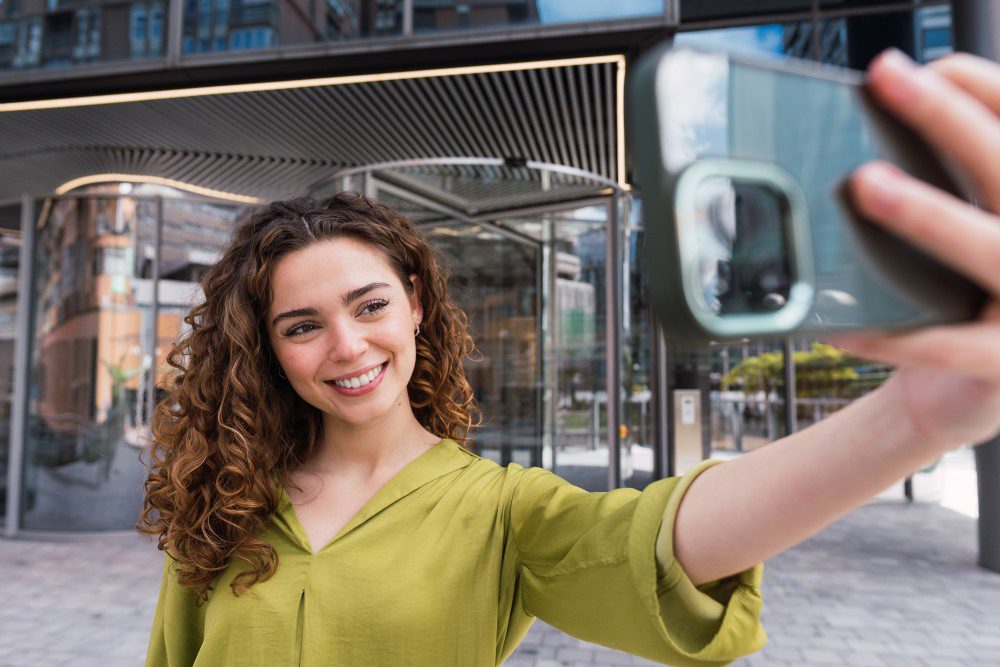Botox is used to reshape eyebrows by selectively relaxing the muscles that pull them in different directions. The forehead muscles can lift the eyebrows and enhance their natural arch, while other muscles pull them downwards. Careful application of Botox can alter the balance between these muscle groups, achieving subtle improvements in eyebrow height, contour, and symmetry that can last 3 to 6 months.
Muscles That Control Brow Position
The forehead muscles lift the eyebrows, while muscles between the brows and around the eyes pull them downwards and inwards. Using Botox to weaken the downward-pulling muscles that lower the eyebrows allows the muscles that lift the eyebrows to have a greater effect. The net result is to create a smoother, more open contour.
Botox Injection Patterns to Achieve Different Brow Shapes
Injecting small doses of Botox between the eyebrows and near the corners of the eyes can result in a higher arch, while placing micro-doses along the length of the outer eye muscles can help subtly elevate the tail smoothly, without creating visible discontinuities.
Fixing Uneven Brows
It’s not uncommon for slightly asymmetrical muscles to result in one eyebrow sitting slightly lower than the other. The difference may become more apparent when frowning. Applying Botox to the tighter side relaxes it, bringing the level of both eyebrows into agreement.
Choosing Appropriate Doses for the Right Amount of Lift
The Botox doses must be very carefully adjusted to achieve optimum results for a brow lift. Light tail adjustments may require 2 to 4 units, while full-arch adjustments may take 4 to 6 units. Adjustments between the eyebrows can take 6 to 10 units, while complex reshaping of overly flat eyebrows can take up to 20 or even 30 units. Men typically have stronger muscles and require larger doses to achieve similar results.
Repeated Treatments Every Four Months Give Improved Results
As Botox is re-applied, over time treated muscles will weaken, and the required dose to achieve the desired results may reduce. You may find that after a year or two, only half the initial dose is needed to maintain the same results.
Contact Your Laser Skin Care to Learn About Our Botox Eyebrow Techniques
Your Laser Skin Care practitioners are medically qualified, with extensive experience performing Botox procedures. We tailor all treatments to each patient’s needs and prioritize a minimalist approach and natural-looking results. We invite you to contact us for more information on this or any of the other non-invasive cosmetic procedures we offer. We can help you choose the safest, most effective, and most cost-effective way to achieve your cosmetic goals. Call us at (323) 525-1516 to schedule a free Botox eyebrow lift consultation, or visit us online for more information.








